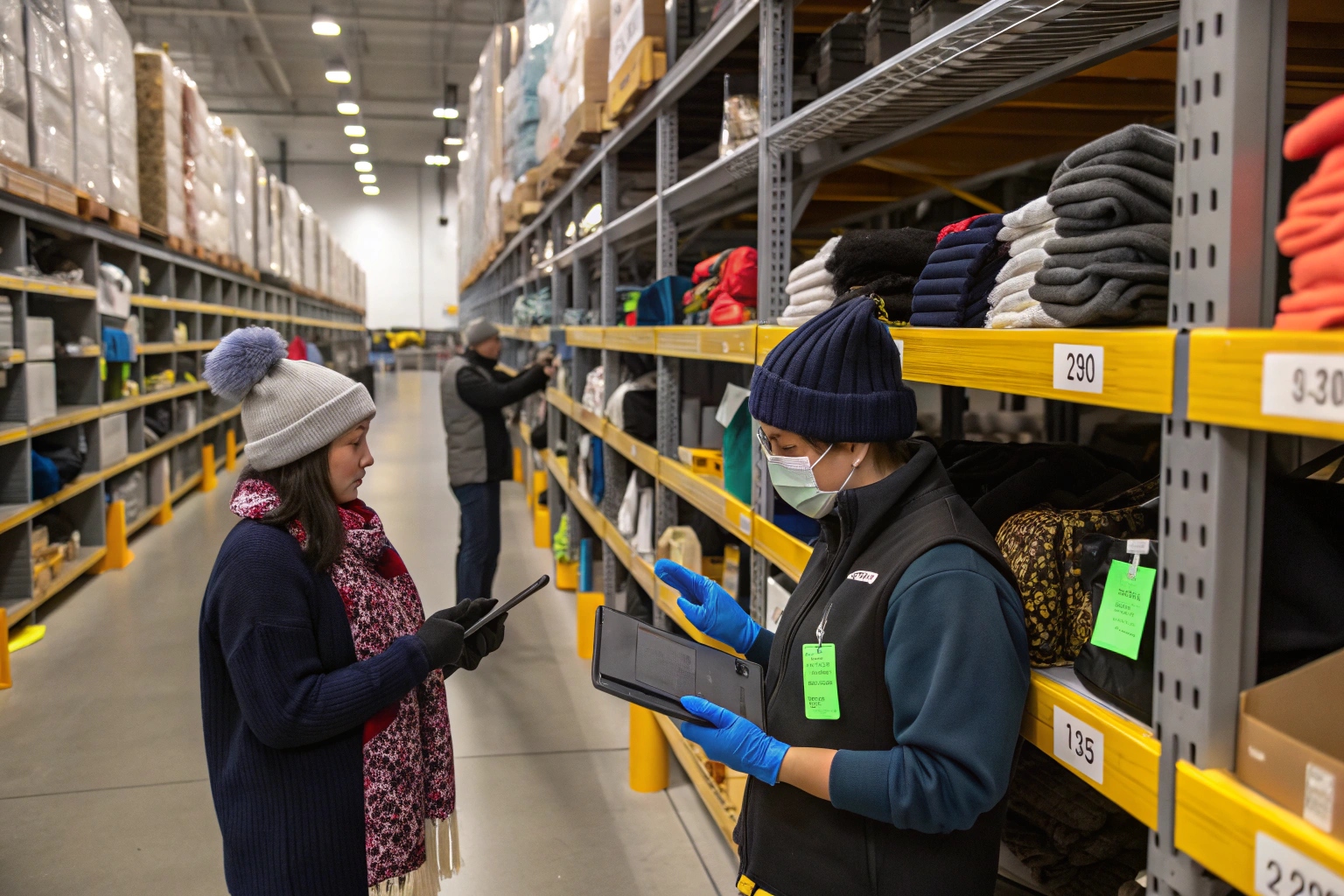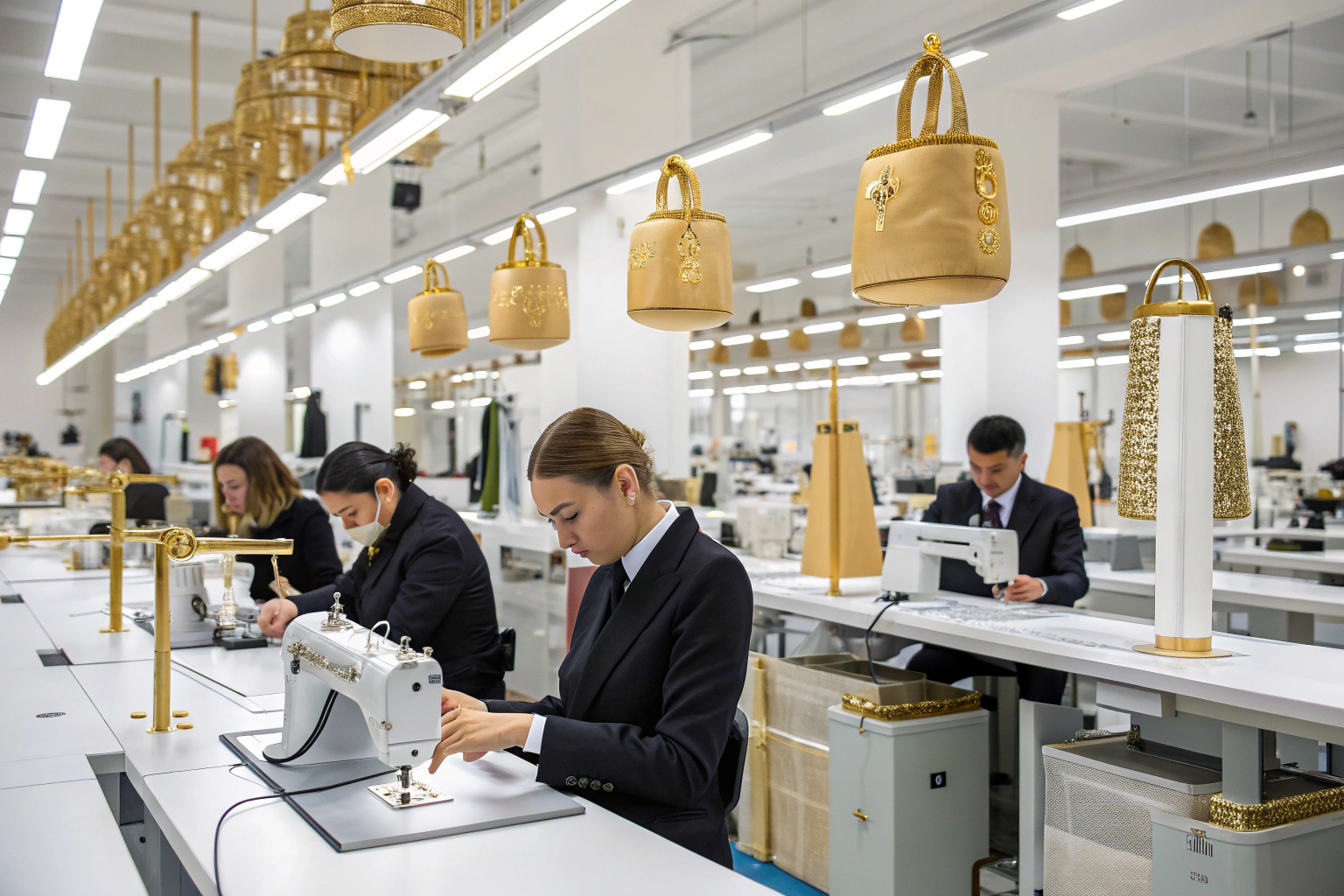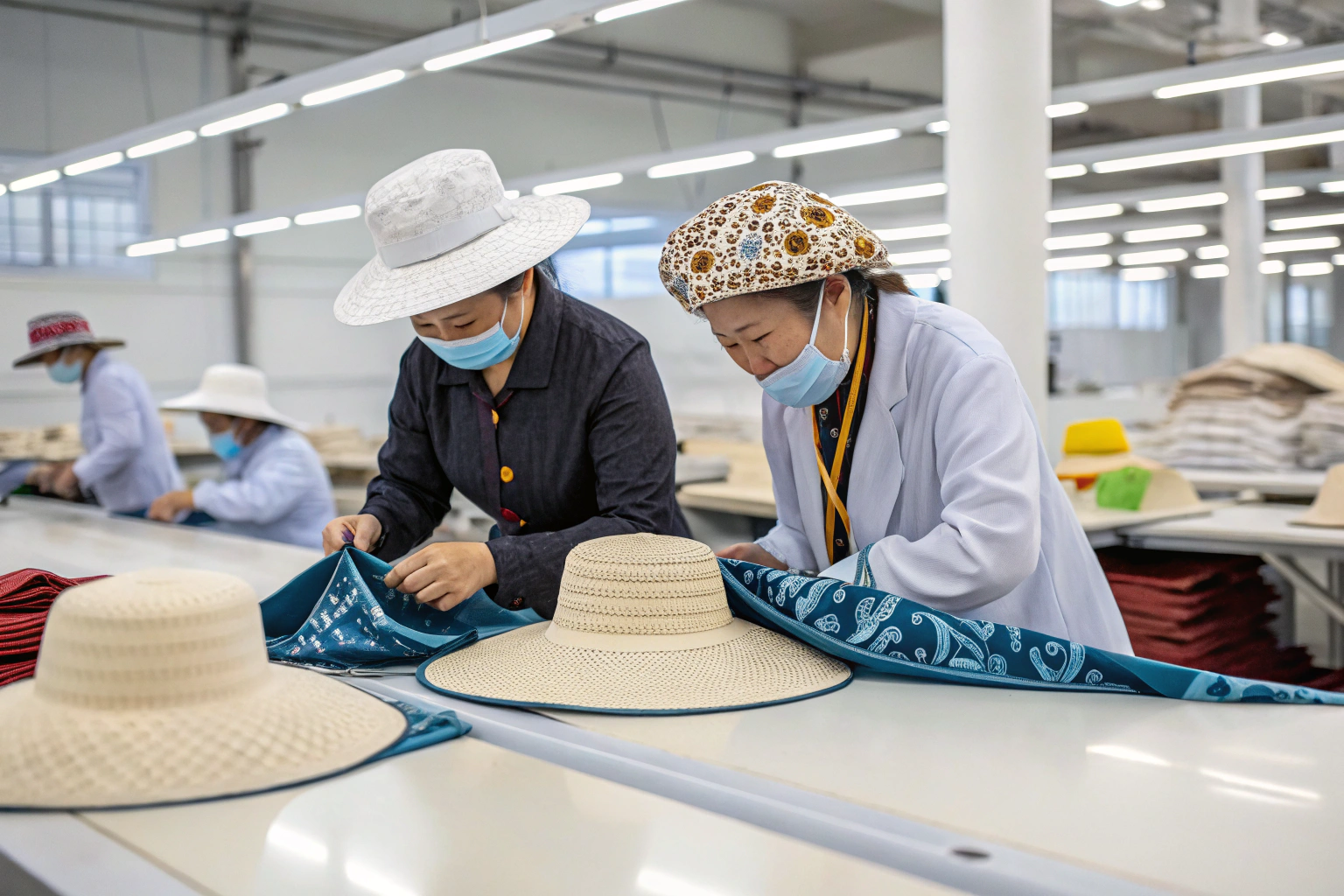If you're importing fashion accessories like belts, hats, scarves, or gloves from China, managing your inventory correctly is as important as sourcing the product itself. Poor storage planning, miscounts, or bad seasonal forecasting can hurt your profits more than you think.
The best inventory practices for imported accessories include SKU-level tracking, seasonal stock planning, warehouse optimization, and digital system integration to ensure accuracy, speed, and long-term cost control.
In my experience, clients who treat inventory as a strategic asset—not just a holding place—have faster sell-through, fewer losses, and higher ROI per item shipped.
How should you organize accessory inventory in your warehouse?
Even with limited space, warehouse layout can either streamline your order cycle—or turn it into a mess.
The smartest accessory importers use layout zoning, barcode systems, and digital syncing to separate SKUs, manage peak season demand, and reduce picking errors.
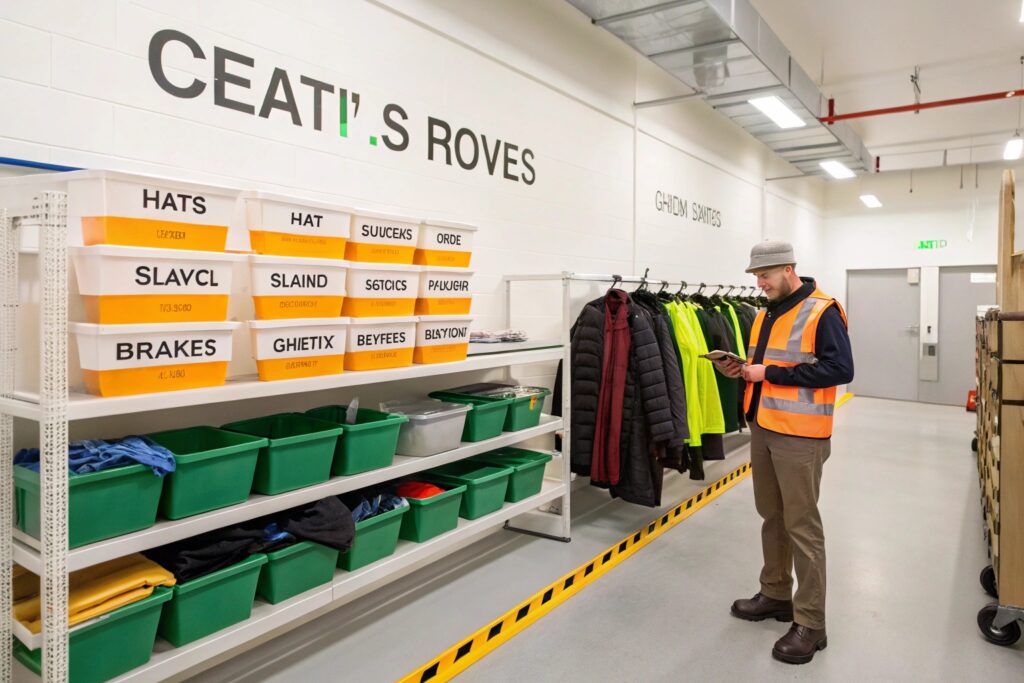
What layout strategies work best?
| Zone Type | Recommended For | Notes |
|---|---|---|
| Hanging racks | Scarves, shawls, gloves | Prevents wrinkles and damage |
| Shelved bins | Hair clips, belts | Small SKUs sorted by style/color |
| Pallet zones | Bulk hat or box inventory | Ideal for large carton shipments |
| Temperature zone | Leather/fur accessories | Avoids degradation |
We often advise our clients to tag each master carton with an internal SKU linked to the container ID. This makes it easier to track if something goes wrong.
Why barcode tracking is non-negotiable
Barcoding reduces picking time and error rates. It also helps trace defective batches and triggers auto-reorder when used with inventory systems. We recommend implementing 2D QR code tracking for faster scan speeds and storage flexibility.
What digital systems should support inventory accuracy?
Many importers still manage accessory stock in Excel. That works—until your product list reaches 200 SKUs.
Using an integrated inventory management system (IMS) with batch tracking, barcode integration, and reorder triggers can cut stockouts and overstocking dramatically.
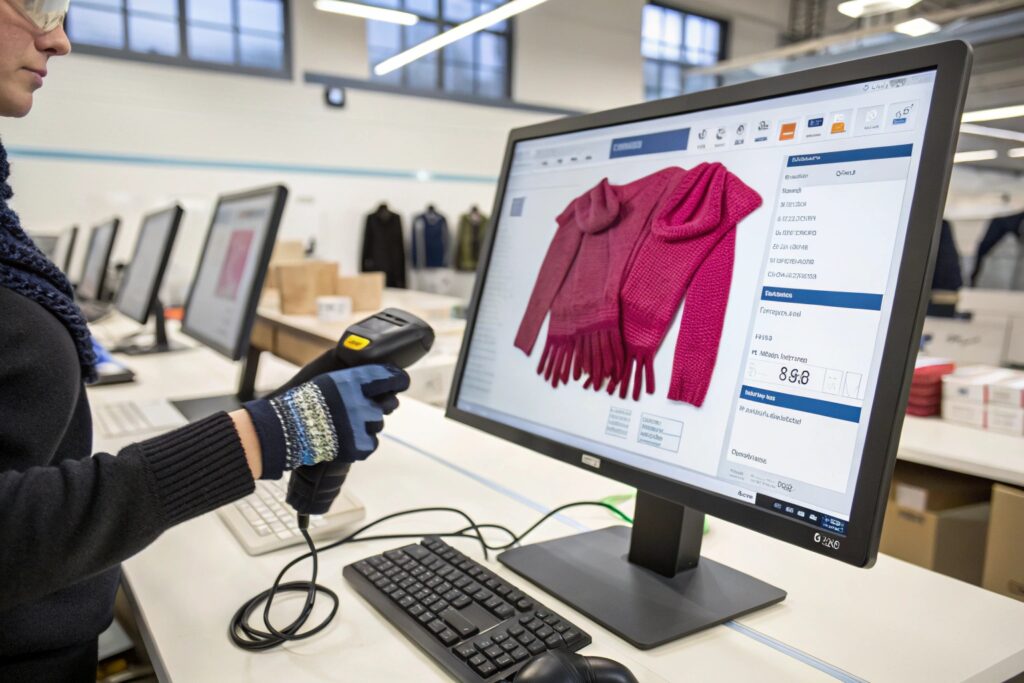
What platforms work well for accessory importers?
| System | Strengths |
|---|---|
| TradeGecko | Good for B2B order syncing |
| Zoho Inventory | Affordable and integrates with CRM |
| NetSuite | Ideal for large-volume importers |
| Cin7 | Syncs with 3PL, POS, eCommerce |
We’ve helped clients set reorder points based on average shipment lead time and buffer stock by category—especially helpful for fast-moving or promotional items.
Which features are must-haves?
- FIFO or batch-based tracking
- Product images and color/size variants
- Warehouse location tagging
- Alert system for aging or slow-moving stock
- Integration with freight updates to update ETA
How do you forecast accessory demand across seasons?
Accessory sales fluctuate with seasons, promotions, and fashion cycles. One mistake in over-ordering winter scarves for spring delivery can crush margins.
Use past order data, promotions, and even Google Trends to estimate what to hold and when. Overstocks tie up cash, while stockouts destroy sales windows.
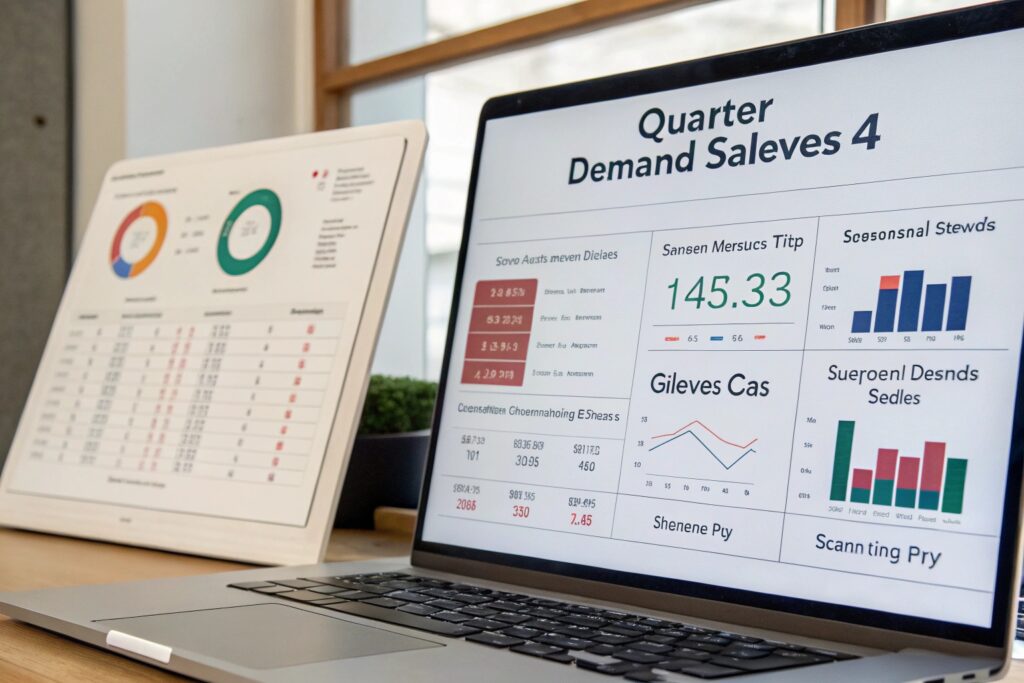
What seasonal trends matter most?
- Q4 spikes: Gloves, gift sets, fashion belts
- Spring-Summer: Straw hats, scarves, caps
- Back-to-school: Hairbands, hair clips
- Lunar New Year (if selling to Asia): Red-themed accessories
We advise buyers to layer their stock by season and segment—carry just enough slow-sellers to meet surprise demand, but keep buffer stock only on fast-movers.
Demand planning methods
| Method | Use Case |
|---|---|
| Historical average | Stable categories like belts |
| Trend modeling | Fashion items like colored scarves |
| AI forecasting | High-SKU Amazon sellers |
| Client pre-orders | B2B brands and retailers |
What metrics help reduce holding costs and waste?
Inventory isn’t free—it ties up capital, needs space, and risks aging out. You need visibility into how long items sit and what that costs you.
Use key performance indicators (KPIs) to reduce stagnant inventory and optimize reorder timing. This boosts profit and frees space for new lines.
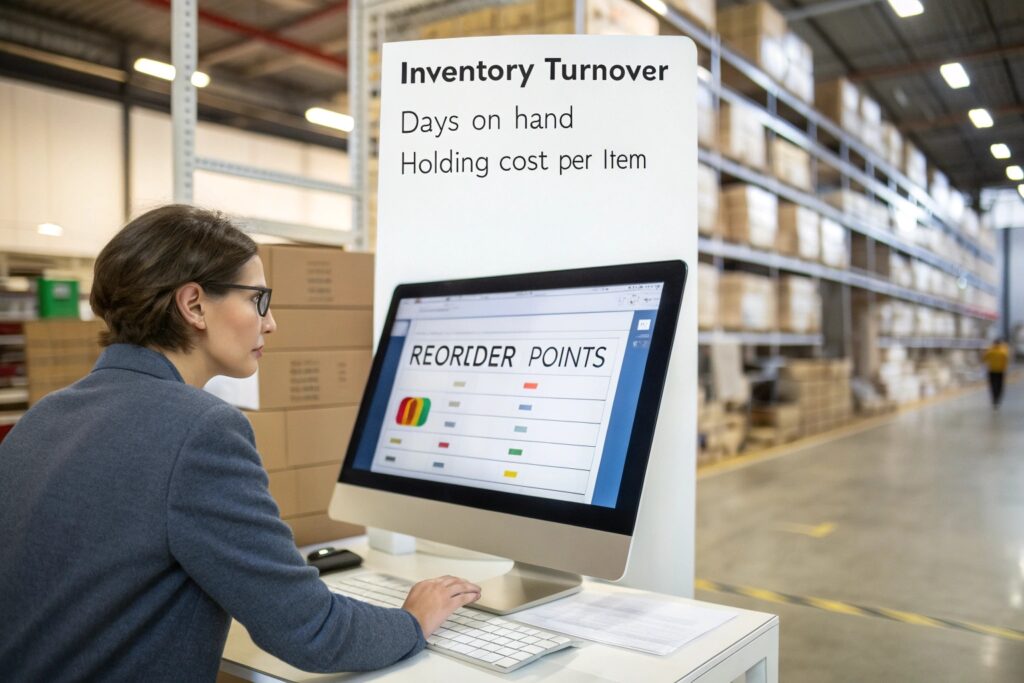
Which KPIs matter?
| Metric | What It Measures |
|---|---|
| Inventory Turnover | How often you sell out stock |
| Days on Hand | Average days stock stays |
| Gross Margin Return | Profit per inventory dollar |
| Holding Cost % | Cost of storage, insurance, etc. |
We’ve seen clients cut storage costs 30% by identifying products with low turnover and switching to dropship or lower MOQ reorders from our factory.
Practical tip: ABC analysis
Sort products into A (top-sellers), B (medium), C (slow). Focus forecasting and shelf space on A items. Rotate or discount C items before they age out.
Conclusion
Smart inventory management isn’t just about knowing what’s in your warehouse—it’s about controlling cash flow, meeting market timing, and reducing loss. By organizing your warehouse, using digital tools, planning around seasonal demand, and watching key metrics, you can turn your imported accessories into a well-oiled profit engine.
At AceAccessory, we help our clients label, plan, and ship products with SKU-level detail. From batch-based packing to forecasting assistance, we treat inventory as an asset—just like you should.

